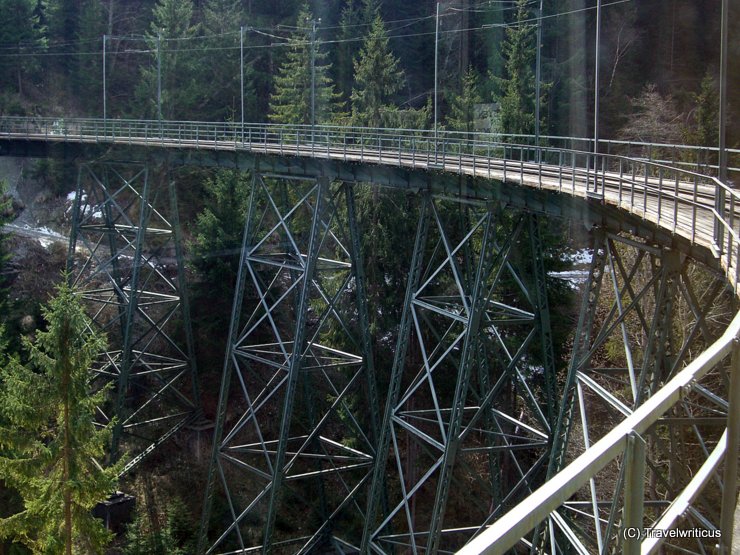
In Austria, there are only three steel trestles. The Kreith Viaduct of the Stubaitalbahn (Stubai Valley Railway) is one of them. This Tyrolean narrow-gauge railway connects Innsbruck with Fulpmes. [German]
You only see what you know (Goethe)

In Austria, there are only three steel trestles. The Kreith Viaduct of the Stubaitalbahn (Stubai Valley Railway) is one of them. This Tyrolean narrow-gauge railway connects Innsbruck with Fulpmes. [German]
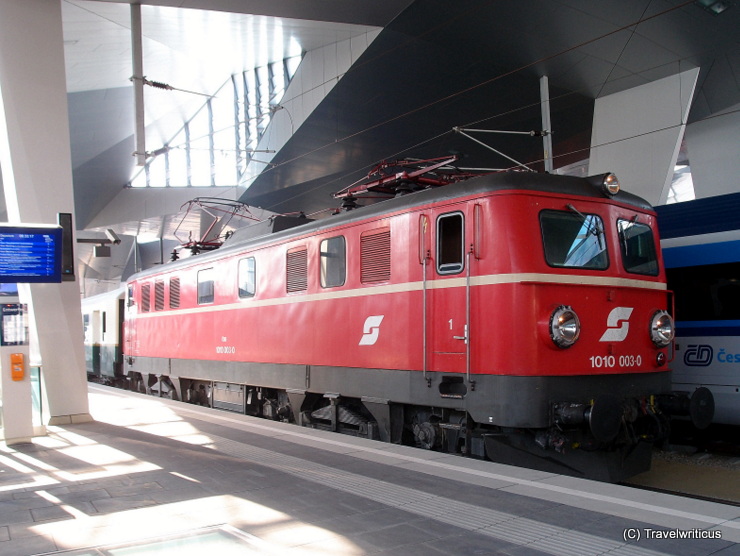
While I was waiting for a Railjet in the modern architecture of the new Vienna Central Station, a vintage locomotive sneaked in. It was a model of the rare ÖBB Class 1010. Only 20 units saw their construction in the years 1955–1958. [German]
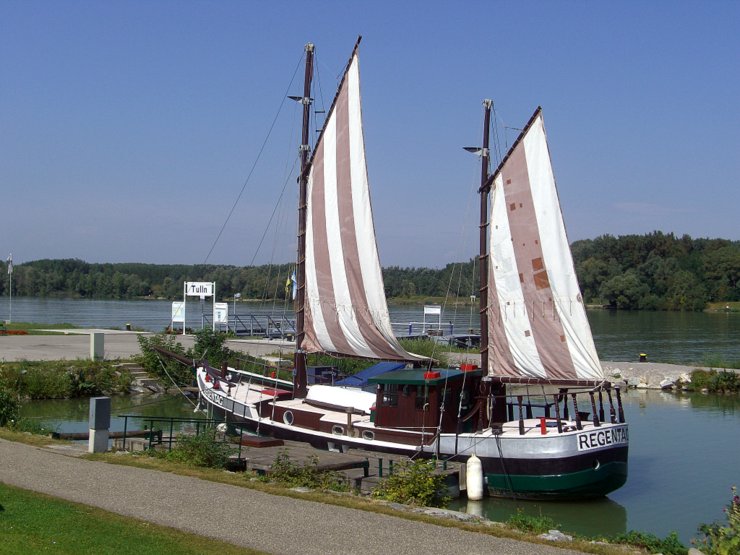
Artist Friedensreich Hundertwasser redesigned this former freighter for many years. Finally, he used the Regentag for a cruise to New Zealand. Since 2004, the ship has been on display in the harbour of the Austrian city of Tulln. [German]
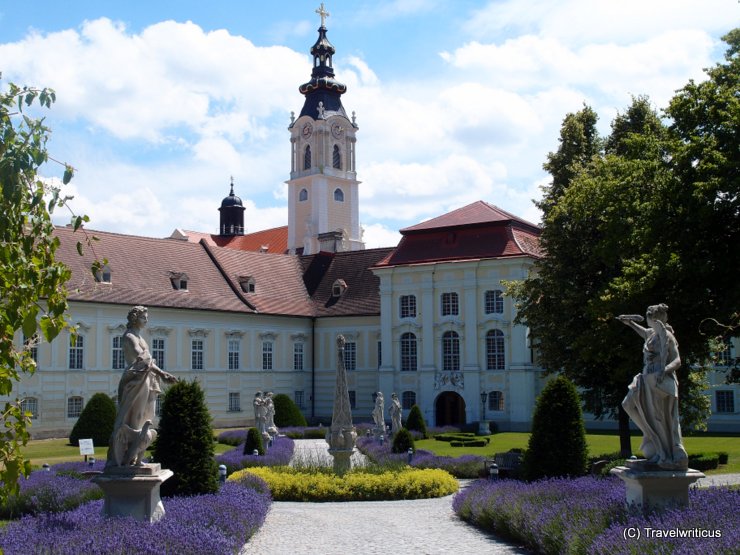
The architecture of Altenburg Abbey in the Austrian region of Waldviertel reminds us of a Baroque abbey you see in Austria many times. But it hides an older monastery below its floors. Visitors walk through the ages by climbing the stairs up and down. [German]
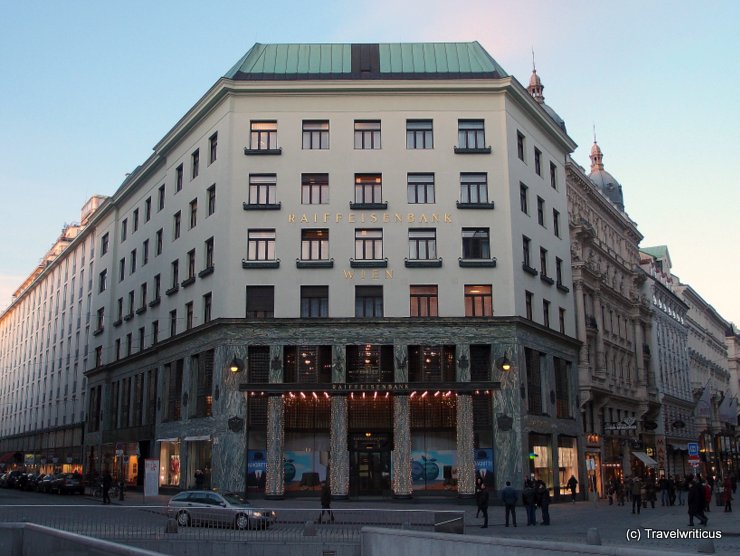
The Loos House (Looshaus) is a central work of the Viennese Modern Age (Wiener Moderne). Architect Adolf Loos designed it in 1910. Because of the missing decorative elements above the windows, the Viennese called the building “The house without eyebrows”. [German]
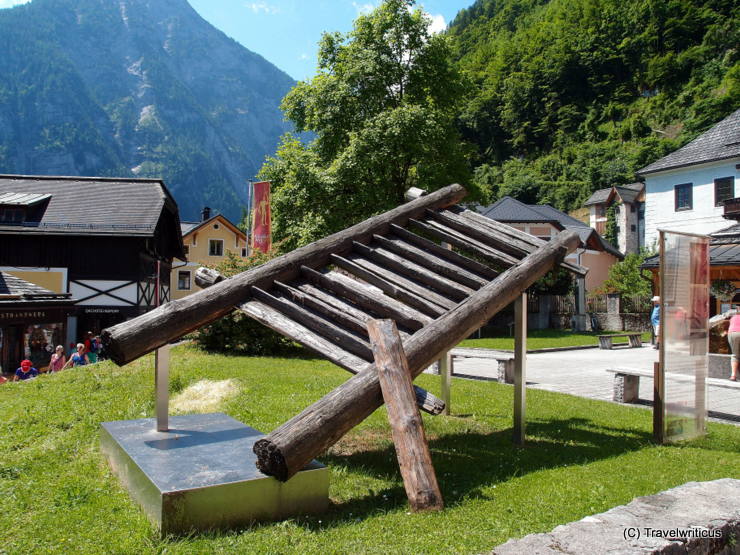
The Austrian place of Hallstatt is known for its picture book-like view. But it is also full of history. Archaeologists found a Bronze Age staircase in the nearby salt mines. A public replica of this piece tells us about the finding.
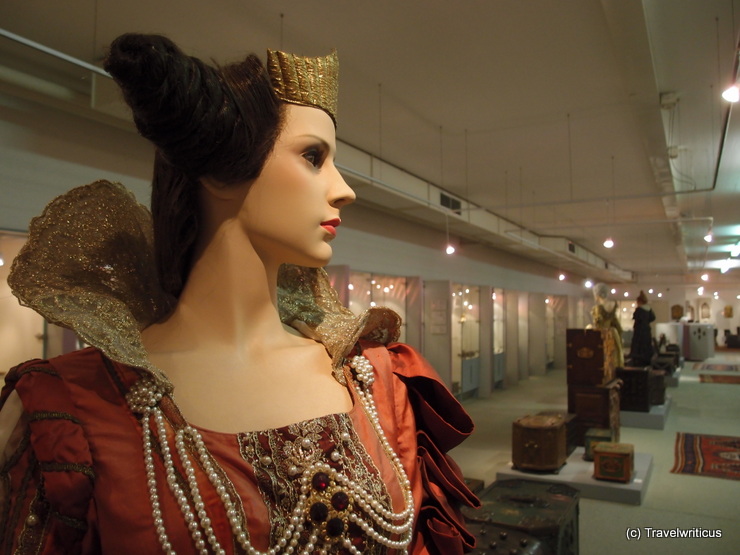
At the Schell Collection, also known as the Museum of Keys (Schlüsselmuseum), you learn a lot about keys, locks, chests and jewellery boxes. Another focus is on decorative ironwork. So you see a compilation of house signs, grave crosses, windows and doors. [German]
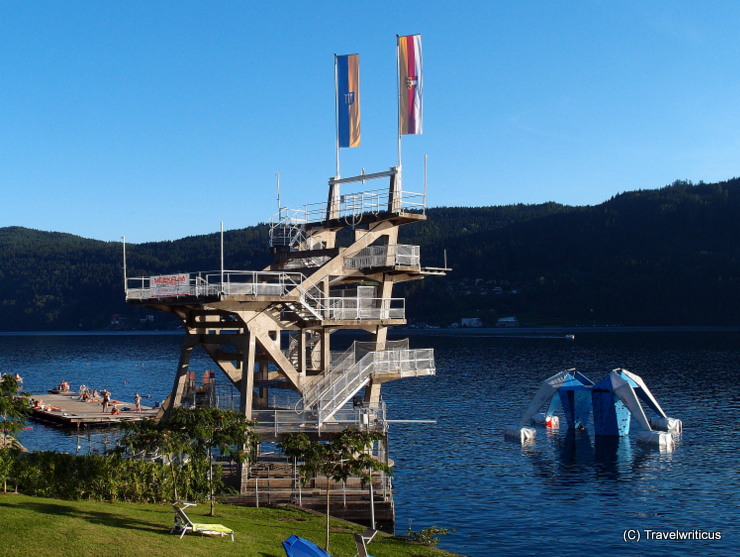
Sometimes, you go to the swimming bath to see a local landmark. So it is in Millstatt, a city in the Austrian state of Carinthia. This listed diving tower saw its construction in 1930 according to the plans of Christof Benedikt.
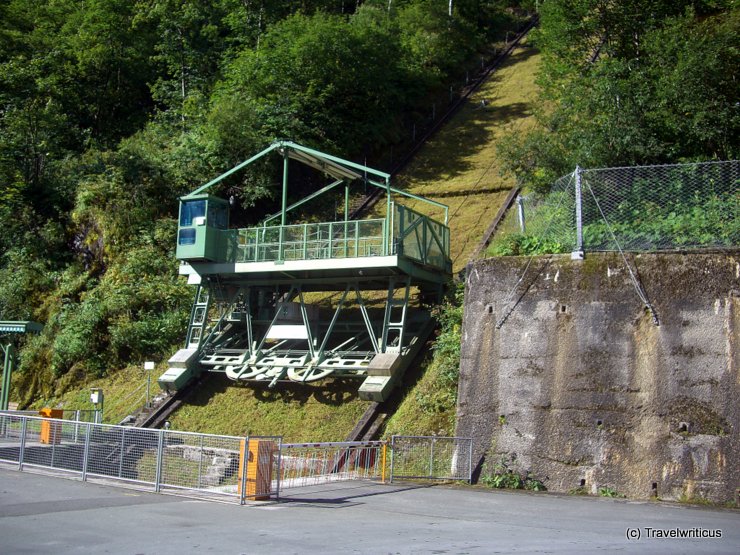
On a sunny summer day, I took this exceptional funicular to the hydroelectric plant at the Wasserfallboden. It is generally known as Lärchwand Lift. The inclined lift with an 8.2-metre track width transports large groups of people up the powerful sights.
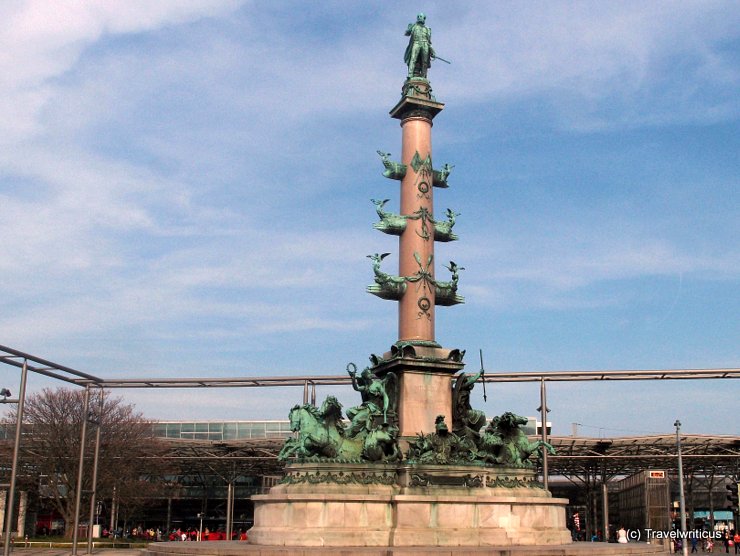
This monument to Wilhelm von Tegetthoff stands next to the Praterstern railway station in Vienna. Wilhelm von Tegetthoff was an Austrian admiral who became famous for the Victory of Lissa (1866). [German]
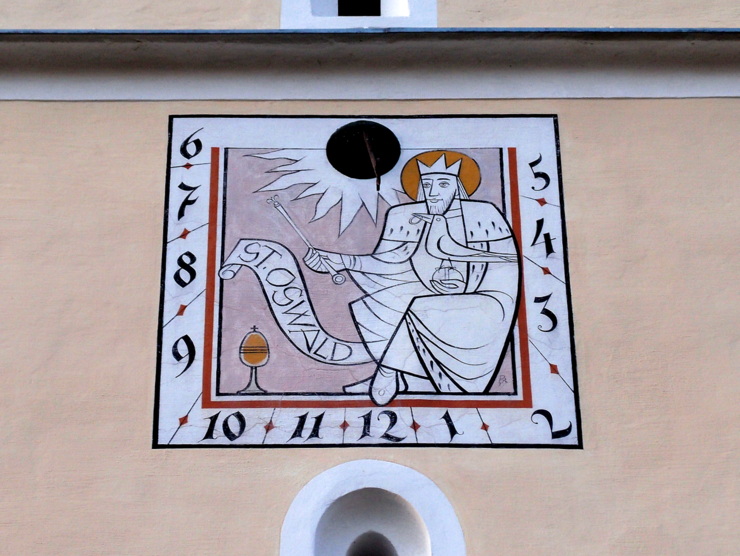
This sundial at the parish church of Puch bei Weiz shows Saint Oswald with a raven in his hand. The church is consecrated to this saint, who ruled as a King of Northumbria in the years 634-642.
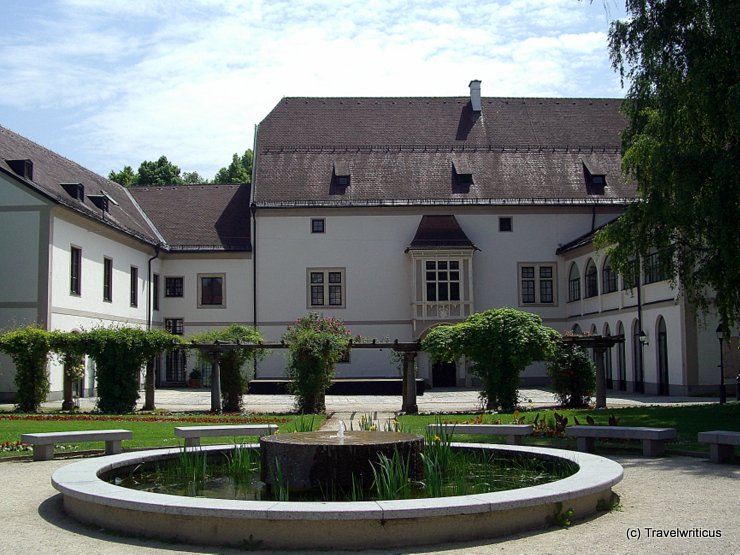
The castle in Wels is generally known as the Castle (Die Burg) or the Wels Castle (Die Welser Burg). It was first mentioned in 776. At that time, the site was just a wooden building with palisades. The construction in stone took place in the 12th or 13th century. [German]